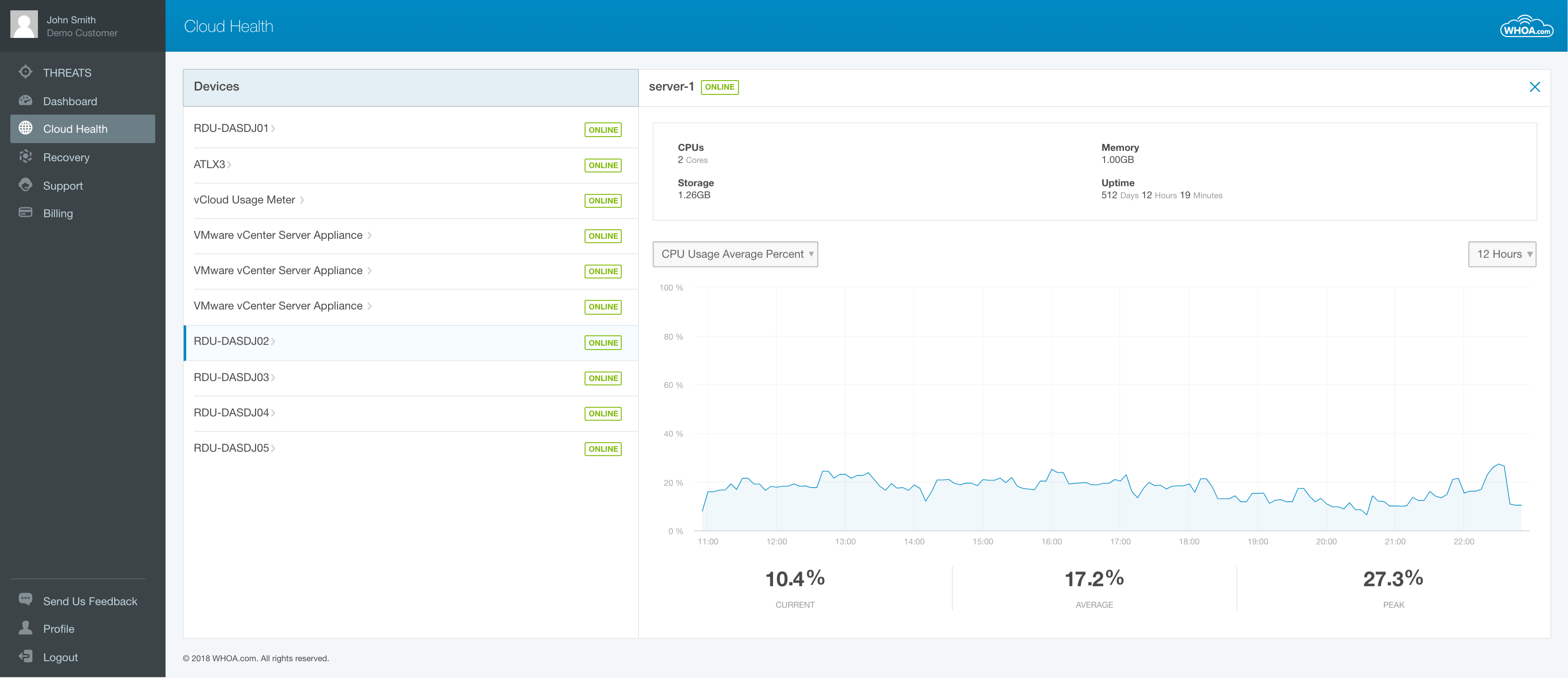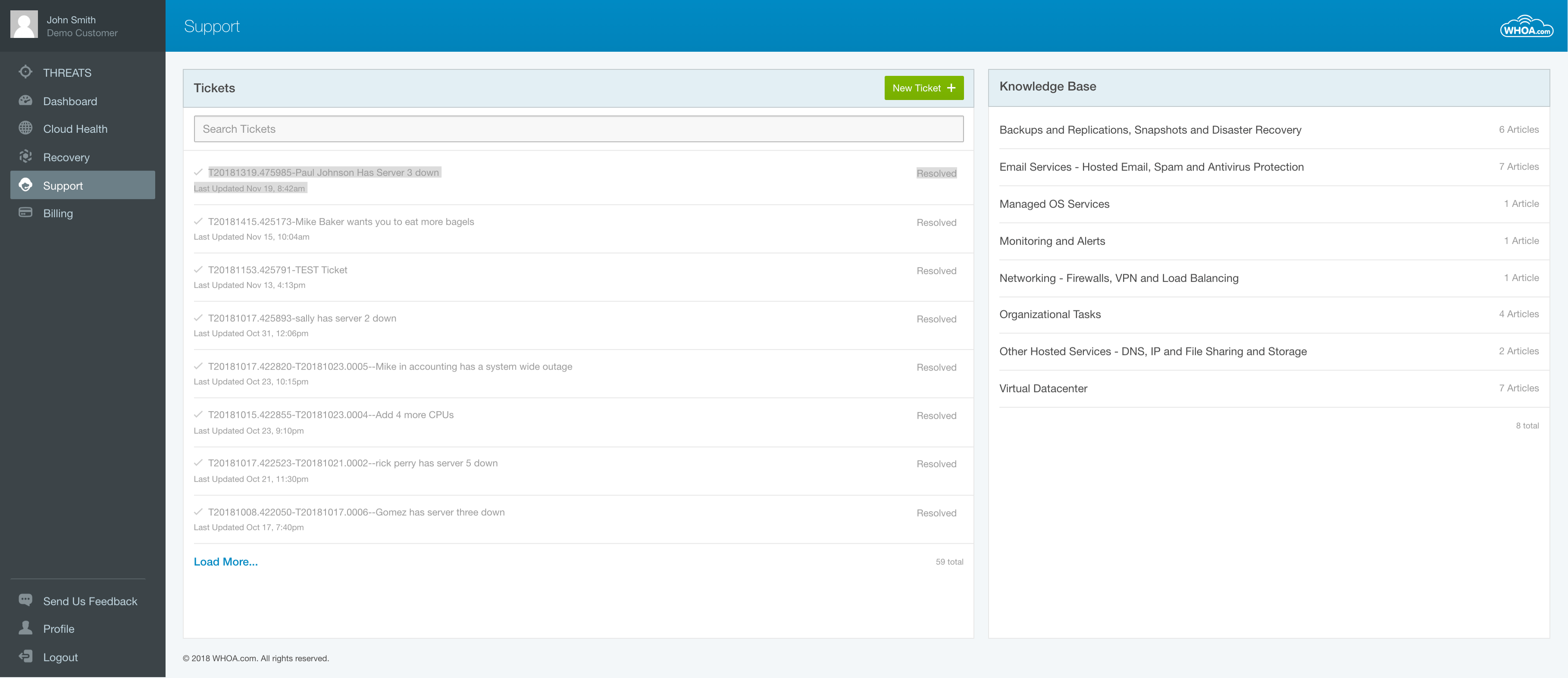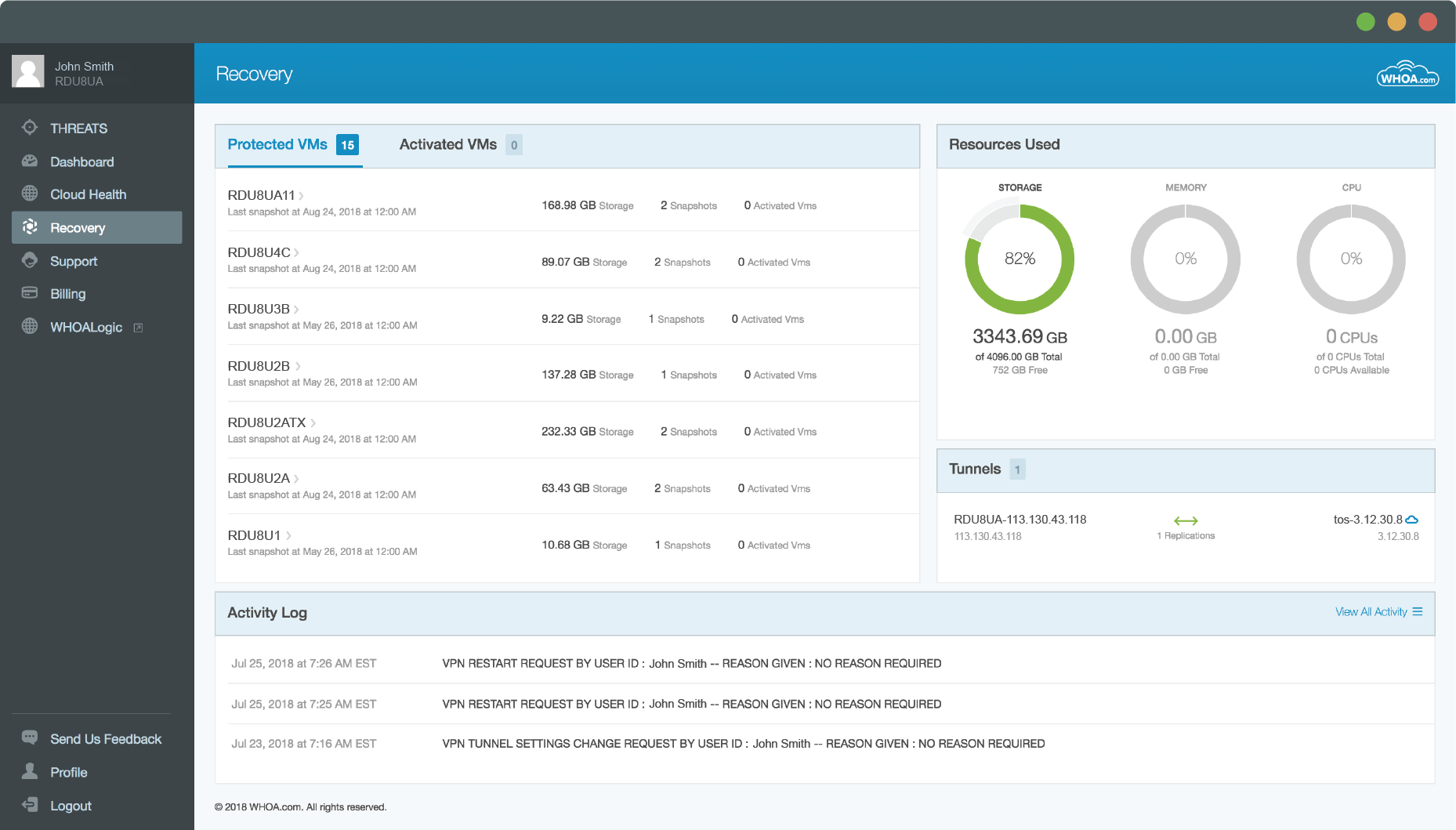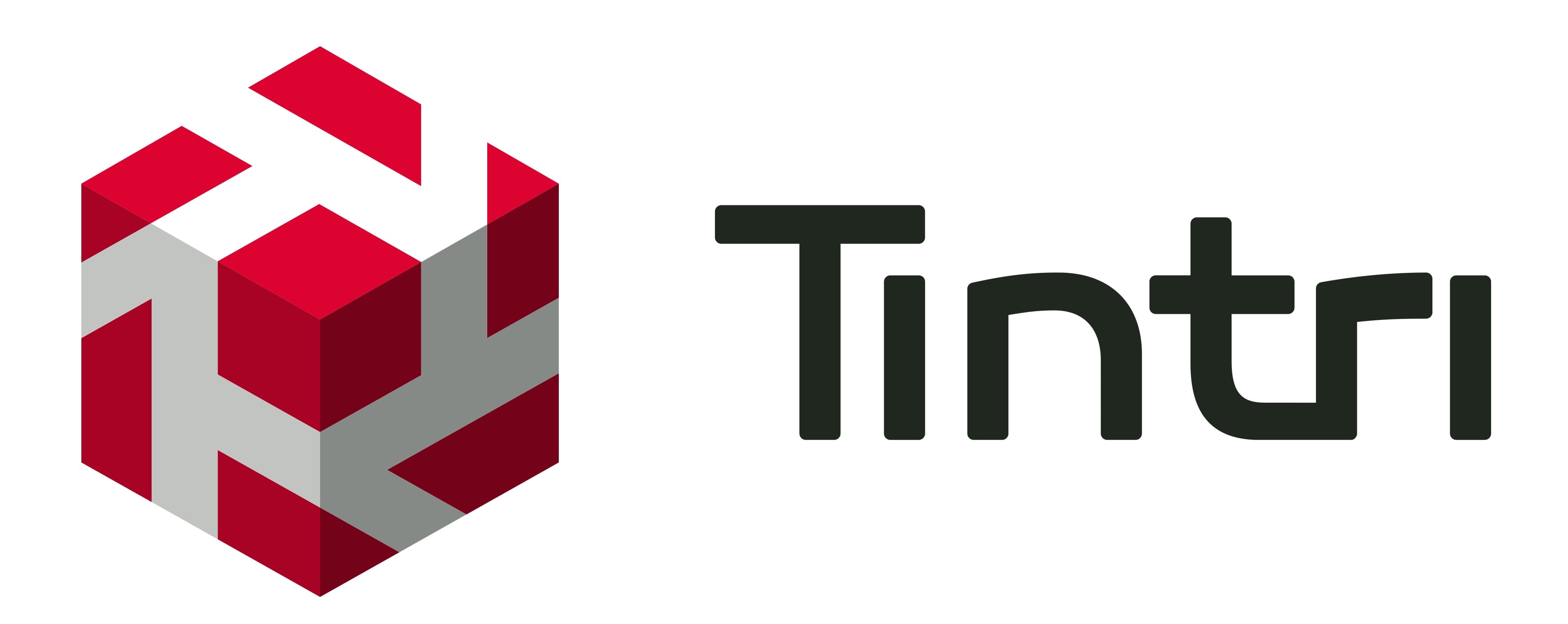About Whoa.com
Whoa.com offers secure and HIPAA and PCI compliance in a managed public cloud services for businesses. Many businesses handling medical records or payment information need servers for the products and services they offer, but building out, securing, and maintaining hardware requires an entire IT department. This niche is where Whoa provides their knowledge and skill. By providing easily purchasable and expandable server capacity, Whoa manages hardware purchasing, maintenance, alongside enterprise-level physical and digital security as a single service.
The Problem
Even with best-in-class service offering, Whoa needed to differentiate their service from other providers in the marketplace. Selling hardware and server uptime is a tough business full of many different competitors and Whoa realized they needed a way to stand out from the crowd. Rather than trying to nickel and dime customers or outcompete by reducing costs through cutting corners, Whoa wanted to provide a superior service experience. While Whoa has technical expertise in house to install and support custom solutions using off-the-shelf enterprise class products, they were not equipped for new software product design or development that could realize their vision and deliver a separator to market.
What We Did
Set achievable goals through a Product Blueprint
Over the course of a week, we documented problems and discovered ideas from all areas of Whoa’s business, including front-line customer support, solution architecture, datacenter operations, and product marketing departments. By focusing the entire team, and using the massive amount of information provided, we were able to define our goals, review the highest customer impact ideas, and mock an example design direction for a “single pane of glass” management solution. Whoa’s foremost goals were: tying together the large number of varied resources for their customers and providing clients a superior platform to manage their services.
Create a customer interface for Whoa and provide a central place to access information about their purchased resources, data, support, and billing.
From the Plan sessions we broke down the problem and developed plain language problem and vision definition. We then documented customer feedback and research, which we used to define a design direction with high-level decisions (things like mobile-first design, look and feel, and technology architectures). This allowed our designers to use design thinking to solve the end user’s problems, without being boxed in by overly-specific functional requirements early on.
Provide Usage/Capacity data in real-time to customers and add quick methods of upgrading services
With Whoa’s primary business offering of remote server resources we realized there were two aspects that we needed to consider when designing the data layout. First, customers need to feel confident that they are getting what they pay for. Second, customers need to feel empowered to fix their bottlenecks with as little friction as possible. Some companies take a passive approach and only notify you as you max out resources or come close to data limits. Here, we took the opposite route.
We worked with Whoa to list out the different data points that could be provided. After narrowing them down to only the most useful and then ensuring the speed and reliability of the data we could provide, we built out a monitoring module that gives both realtime and historical usage information within a single view.

This module offers customers the opportunity to analyze their system usage, see how often they are reaching max capacity, and either adjust their systems to minimize the impacted systems or immediately upgrade their service and expand their infrastructure with Whoa.
Improve Support tools internally and provide a better interface to customers.
Solving this problem came from two directions. The first was providing Whoa the tools to build out a knowledge base that can be easily maintained and expanded. This new resource gave Whoa customers 24/7 access to common problem solving information. The second enhancement was an embedded Support Ticket system. Rather than separating support into a siloed/secondary domain or handling it via email, the Support module was built directly into the customer’s management interface. Downtime means lost revenue and Whoa’s goal was to provide tools to minimize such incidents.

Support system and Knowledge Base built into the Whoa platform
Add additional tools and channels within the platform to allow for information to be broadcast to all customers.
Outside of direct 1-to-1 messaging, Whoa needed a way to provide technology user segments messaging about routine maintenance or outages. Returning to the theme of ‘proactive management’ we discovered that Whoa needed the ability to ensure messages could be sent inside and outside of the management interface to reliable customer lists. From Whoa’s perspective this meant implementing StatusPage to manage customer segments and schedule maintenance, but provide an integrated (API-driven) communication channel through their new customer portal. With a different experience and flow than support messages, these maintenance alerts provided much needed context and visibility no matter where the user was in their management interface.
Improve the Billing Process by providing invoices and payment within the platform.
Before this solution, Whoa provided bills to customers through traditional email and snail mail and waited for checks to return in the mail. To simplify the process, improve cash flow, and increase the ease of accessing historical bills, we built an invoicing and payment system directly into the management interface. Users are now able to see bills the moment they are ready and pay them as soon as they’d like, or setup automatic recurring payments with ACH or Credit Cards.
Provide customers tools and information to let them ensure PCI compliance
While not directly in charge of customer systems and data, Whoa wanted to provide customers tools to help them help themselves. One of the more unique features was the PCI compliance checklist. By providing a checklist of items to its customers and information on each item, both general and ‘how to fix,’ Whoa was able to offer something beneficial to both parties. By increasing security at a customer level through both education and active verification Whoa can reduce support issues, increase customer confidence, and notify them of changes as the standard are updated.
Addon Module: Disaster Recovery and Business Continuity
Companies rely on massive amounts of data, and the fact that a software or hardware failure could eliminate everything is a constant concern, especially to your IT Department. Many companies rely on static tape or hard drive replication with offsite storage. This is a great methodology as it provides snapshot views into the business and minimizes the likelihood that data can be completely lost. However, it does have the drawback of additional effort and long lag time as it requires physical intervention.
To help their customers, and eliminate as much downtime as possible, Vaporware worked with Whoa to build a custom interface to their enterprise Disaster Recovery solution, extending a single-tenant software into a multi-tenant service provider environment.

By building this tool directly into the platform, Whoa is able to visually sell configurations and Whoa’s customers have an extremely easy way to protect themselves - win/win!
Project Results
Once the basic platform design was solidified Vaporware and Whoa’s team began user testing to ensure that both the customer experience and the information provided met expectations. As each feature was Prototyped, Whoa’s expert staff met with current and potential customers to reaffirm their needs were met.
Over the course of 2 months, Vaporware developed the frontend using the latest technology in an agile method, delivering user-testable releases every week. While Vaporware built out the new customer portal, Whoa’s operations implementation team continued to improve their internal data structure and provided system-specific APIs to the defined JSON-API spec. Throughout the process, each new API was documented to be publicly consumed by Whoa customers should the need arise for future integrations.
Upon launch Whoa customers immediately responded with praise for the new system. Having access to more information at all times was a major boon. Adding in the Support and Billing features solidified their positive opinions of the services they were receiving and increased trustworthiness of the platform.
All was not perfect, however. Armed with so much more information customers began asking for more. Their biggest concerns: security, security, and security. After spending some time gathering information from customers Whoa reached back out to Vaporware for a few more rounds of new features and updates.
See the the result of our next engagement - the Whoa TOPS Platform.
Modern App Interface
Ember JSData Aggregation and Charting
HighchartsMapping and Live Updating
D3Maintenance Framework
StatusPage
